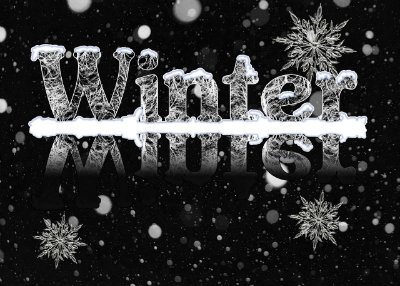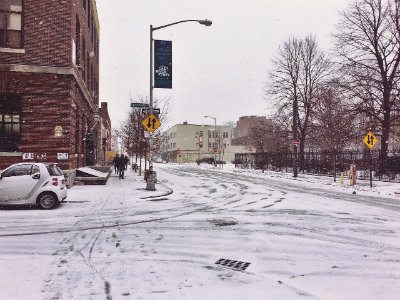Prepping For Potential Winter Slip And Fall Accidents
Slip and fall accidents typically occur in adverse conditions, which makes them more common during winters 
According to statistics from the CDC, over 800,000 patients are hospitalized every year because of a fall injury — often resulting in a hip fracture or head injury. Customers, partners or employees of commercial enterprises are at greater risk of slipping and falling in winter, which can cost your business dearly if you’re not careful.
Perils Of Slip And Fall Accidents In Winter
During chilly winters, many parts of your commercial property become perilous for pedestrians, customers, and outdoor workers. For instance, parking lots can become slippery with ice. When the frost starts to appear, the sidewalks and pathways take on a chilly cover, which can increase the chances of a slip and fall accident greatly if ignored. Water puddles inside can trigger slips and falls for people. Hazards like frost and ice are sometimes difficult to spot. This is especially true at night when lighting is poor at parking lots and pedestrian walkways around your office. Here are some hazardous injuries caused as a result of slip and fall accidents in winter:
- Death
- Head trauma
- Incapacitation
- Broken bones
- Hip and arm fractures
- Long-term medical repercussions
- Injuries to spinal cord and lower back
NFSI website data reveals that fractures occur in nearly 5 percent of people who suffer from falls and are the most serious consequence. Your business may be liable for medical expenses and other damages if the plaintiff proves negligence on your part.
Reducing Risks Of Slip And Fall Accidents On Your Property
Taking adequate steps to protect your business is always smart if you want to protect your monetary interests. Follow these actions to ensure safety of people traversing on your premises:
- Conduct a safety survey of your property before the onset of winter.
- Place absorbent rugs at entrances, so that people can wipe off wet boots and shoes. This prevents slippery water puddles from forming around entrance areas.
- Make sure staircase railings are unbroken — especially outdoor ones leading to your business during winter.
- Ensure indoor staircases are unobstructed, dry and even at all times.
- Mop up any puddles or spills as soon as they occur on the floors.
- Refinish floors to prevent slips caused by wet winter shoes.
- Any rugs you purchase for your business should have non-skid matting to prevent slips.
- Fix or remove any loose electrical cords across walking areas — any water (snow and ice) encountering these wires may potentially make them more dangerous.
- Add proper lighting to different areas around your store — especially during winters when it gets dark earlier than usual.
- Place warning signs on surfaces prone to excess snow.
- Make sure parking lots are snow and ice free to prevent slips and falls around the outdoor areas — spread salt around ice-laden areas surrounding your business to melt slippery surfaces.
- Make sure snow is regularly shoveled from your surrounding property.
- Ensure gutters are cleaned to remove debris and leaves because they could result in slippery ice formation around your building.
Good Preparation Will Save Your Business From Losing Money In Claims
In winter, slip and fall accidents present a threat to most people – young and old — particularly in areas like Philadelphia on the East Coast with harsher cold temperatures. The threat of accidents in winter is because sidewalks and walkways are not always maintained properly – with snow freezing on outdoor hardscapes or slick wet 
The tricky part with snow is that it often refreezes and looks like a puddle of water, but is extremely slippery. Many floor surfaces also deteriorate under the weight of snow, ice and water, which can result in uneven surfaces — increasing the chance of slip and fall accidents in winter.
Slip and fall injury claims are common during winters, especially if your customer or employee can prove negligence on your part. If you’re looking to ensure the long-term sustainability of your business, make sure you take precautions to avoid hazardous conditions for your employees and patrons. Consider these actions if you’re looking to prevent an injury claim against your business.
